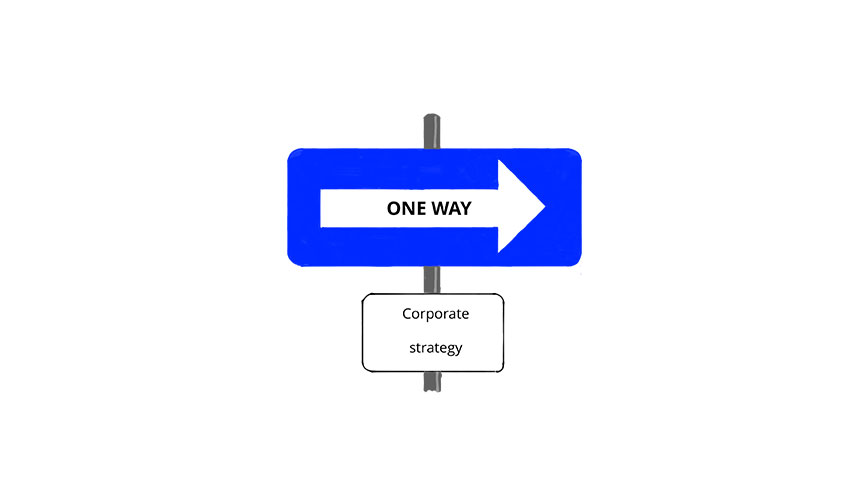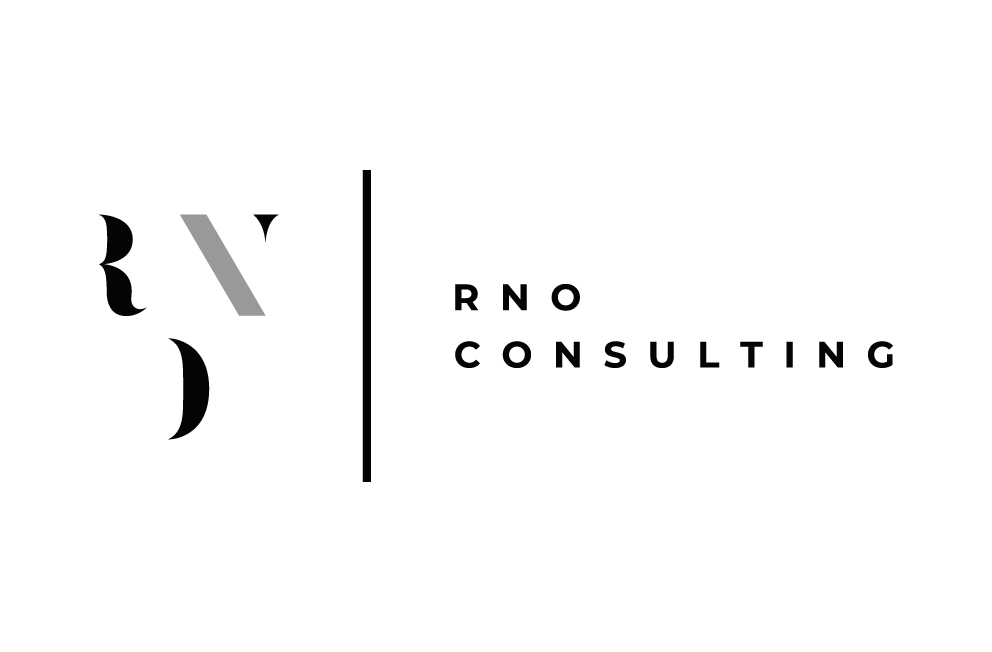
You surely know such sentences:
- “We have to do it this way!“
- “There’s no other option!“
- “It’s the only way to get through this!“
- “There is no alternative!“
Such phrases are often used to justify unpopular decisions, not only in politics, but also in companies, clubs, or schools, i.e. not only the decision makers Themselves, but also other people are affected by the consequences of a decision.
The attractiveness of presenting decisions as the only way
Presenting something as the only alternative, as it is suggested by such phrases, does have its advantage: it makes matters seem urgent, and urgency is a pivotal element in change processes [1]. Also, if deviating paths of action are excluded right from the beginning, those concerned are discouraged from thinking about other options. So for a decision maker, putting forth a decision for which there are supposedly no alternatives definitely has its pros.
However, deciding on a single-option basis has serious disadvantages. If there is only one option to choose from, the actual decision has already been taken elsewhere. Thus you can assume that the decision makers will not back up their “decision” as they would do if they had really taken a decision on their own. In the context of change processes, this will weaken the leading coalition and not strengthen it [1].
Another effect of signing off on a decision rather than sincerely taking the decision is that decision makers will not think about and discuss a matter as thoroughly as they should. Therefore, an option for which there is no alternative way of action is hardly sufficiently elaborated and regularly not the best option for the organization.
Developing single option strategies?
Unfortunately, decisions options without alternatives are often difficult to recognise. Whenever there is only one answer to a strategic question, only one solution to an entrepreneurial problem, only one option in a decision paper, someone is trying to apply the concept of no alternatives.
This may not be done out of bad will, but unconsciousness does not make this approach any better: Such a decision does not match the ultimate potential of the organisation. Important strategic decisions are taken without sufficiently discussing the underlying problems and searching for different courses of action.
Strategy development as decision process
You can easily avoid single option strategies by conceiving strategy development as a decision process which features a real choice [3]. The idea put forth by Lafley et al. is based on a simple jet effective approach: For each strategic decision, define at least two contradicting options to choose from.
The resulting success is enormous. Since there are two or more competing options, discussion on the decision become more intense, the pros and cons are thoroughly discussed, and assumptions are critically reviewed. The outcome is a higher quality of strategic decisions.
Improved strategic decision making
In order to leverage the potential for increasing the quality of strategic decisions, a four-step approach can be used:
- Define alternative options;
- Identify success requirements and obstacles;
- Analyse feasibility and prospects;
- Decide on one option.
First, the decision options need to be defined. It is important that there are at least two options. These should be formulated in a way that only one of them can be implemented as the process is about choosing the best option for the company and not arriving at a compromise.
After drafting the strategic options, the requirements for a successful implementation and its obstacles need to be worked out for each of them. By sketching out the respective requirements you create a baseline for further evaluation.
Next, data need to be collected which supports or refutes the strategic options. The data available at the end of this step should be sufficient to judge the success and implementability of each of the options defined in the beginning. One additional approach to creating a basis for decision-making, especially in uncertain framework conditions, is scenario planning.
Once all information is available, the final strategic decision can be taken. As the different ideas have been thoroughly considered throughout the decision making process based on hard data, the resulting decision on the company’s strategy is better adjusted to the actual situation of the company.
[1] J. P. Kotter (2012). „Leading Change”. Harvard Business Review Press: Boston, USA.
[3] A.G. Lafley et al. (2019). “Die Kunst der Strategieplanung”. In: Harvard Business Manager, Edition 1/2019, pages 44-53.

